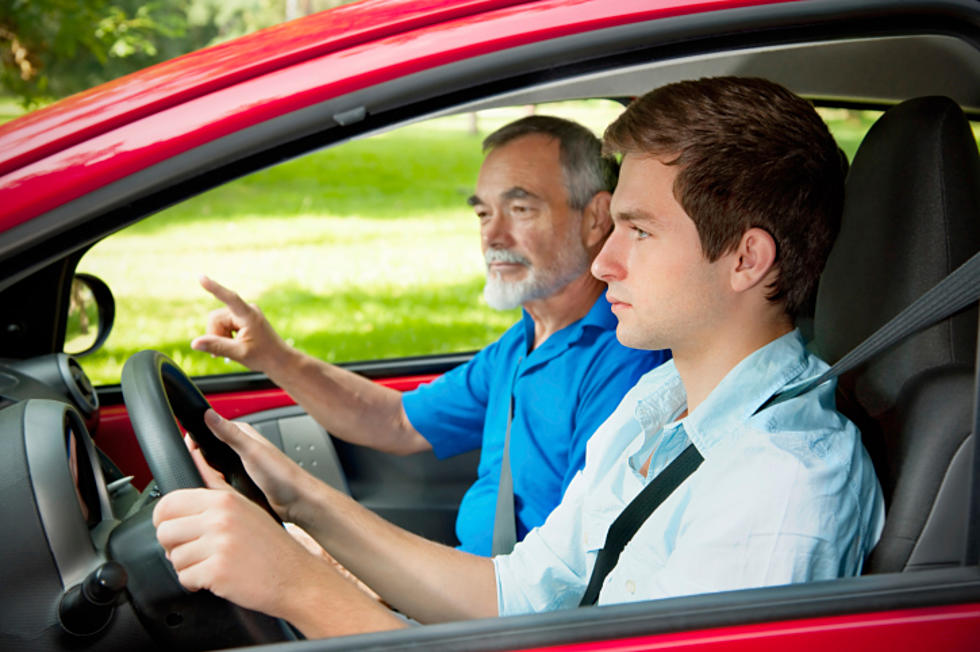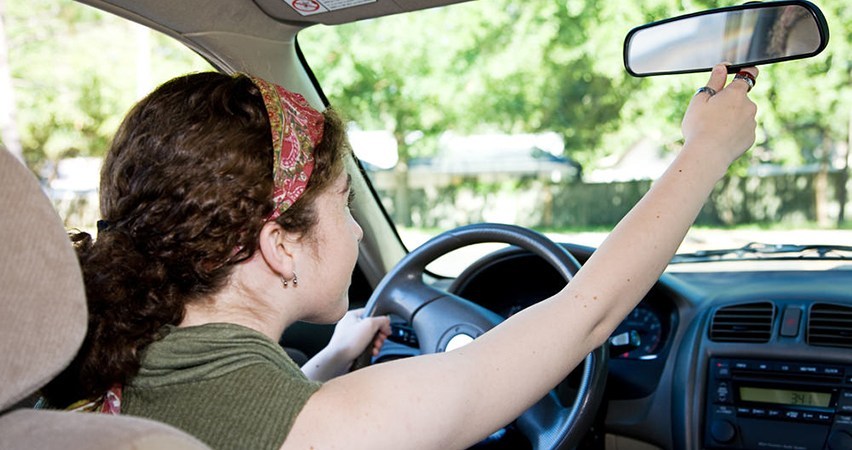When you’re the parent of a teen, you may feel apprehensive about them learning to drive and hitting the road on their own.
That’s a natural fear because driving is dangerous.
While you can’t completely eliminate the risks associated with driving, there are things you can do to prepare your teen and keep them safer.

Source:nj1015.com
Take the Permit Process Seriously
When your teen is preparing to get their permit, and when they receive it, you have valuable opportunities to instill in them the importance of safety on the road.
Encourage your teen to use online permit test sites like ePermitTest.com, and then once they ace the exam, give them plenty of constructive driving experience time with you supervising.
Don’t go on autopilot when you’re in the car and just sit back for the ride.
Be an active passenger and explain to them the right driving choices to make, while you have the chance.
Even if you’re a little nervous about the idea of being in the car with your new teen driver, it’s such an important time to provide them as much practice as you can with you in the front seat.
It’s often recommended that teens have anywhere from 30 to 50 hours of on-the-road experience with their parent in the car, at a minimum.
When your teen is practicing with you, try to give them different types of experiences. For example, in the rain, perhaps the winter weather and different times of day whenever possible.
Focus on Defensive Driving

Source:zblawoffice.com
If you’re not personally familiar with defensive driving, give yourself a refresher so you can teach it to your teen.
Defensive driving is a way to teach your teen to protect themselves against bad weather and other drivers.
Some of the core components of defensive driving include planning ahead for unexpected situations and being aware that other drivers aren’t going to necessarily do what you think they should do.
Defensive driving also focuses on avoiding distractions and staying alert, and respect other people on the roads.
Make Use of Technology
There are different forms of technology you can use to help your teen have safer driving experience.
Examples include:
- Use a vehicle health monitor. Vehicle health monitors are small, and they install into vehicles so that your teen will receive alerts about any issue their car might be experiencing. For example, these affordable devices will send real-time alerts about gas mileage and engine error codes.
- Put a backup camera into your teen’s car. Most teens don’t have latest models with backup cameras, but you can use a smart backup camera device to get the same benefits. These cameras provide a wide-angle view of what’s happening behind your teen’s vehicle, and it pairs with their smartphone. Many of these devices can go months before they need to be recharged and they don’t require any special installation.
- Blindspot sensors can also be installed in vehicles, even if your teen’s car doesn’t have one from the manufacturer.
Along with devices, there are also apps designed for use by parents with teen drivers.

Source:gogirl.co.uk
Options include:
- Safe Driver: The Safe Driver app monitors the location of your teen driver and the speed at which they’re driving. You can set speed limits on the app, and you’ll receive alerts if your teen exceeds that. However, your teen does have to cooperate for the app to work, which can be a downside. If your teen doesn’t turn it on on their device, then you won’t receive alerts.
- DriveSafe.ly: This app reads text messages out loud when they come in, automatically. This prevents your teen from having to take their eyes off the road or their hands off the wheel. The app can also be used to respond with voice transcription.
- Texecution: With this easy to use app, a driver’s phone locks while they’re driving. Parents can receive alerts if their teen is trying to access their messages, and the feature can only be used if the driver is parked or if there’s an accident. Parents also receive a notification if their teen tries to remove the app from their phone.
Finally, when your teen is going to go on the road on their own, ask plenty of questions and set a plan for where they’re going, how they’ll get there and when they’ll be back.

Source:autoinsurance50.us
Teens shouldn’t just be driving around for no purpose other than to be out and about—it’s dangerous. They should only be driving for specific reasons, so make that clear as part of your agreement to let them on the road on their own.




